Research on Pyrolytic Carbon Black Pulverization Technology
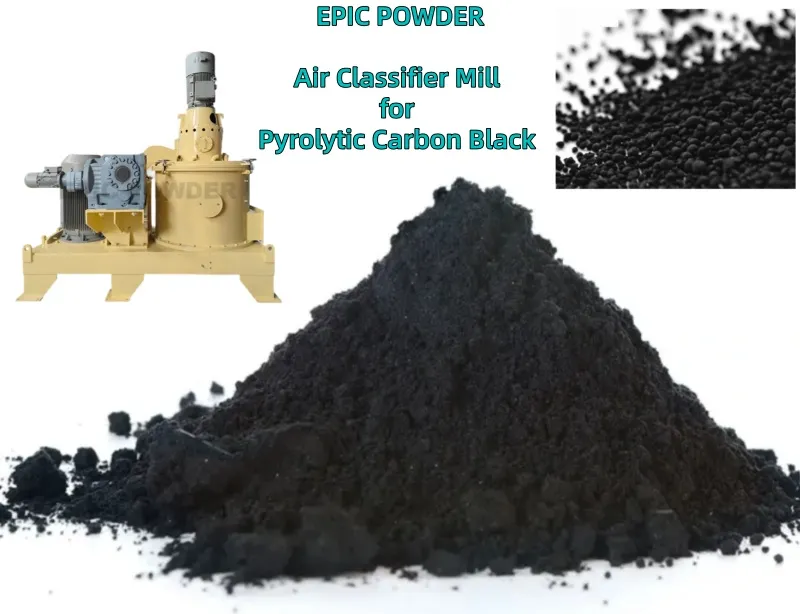
Pyrolytic Carbon Black (PCB) is a type of carbon black obtained through pyrolysis of organic materials like waste rubber and plastic. It has a high specific surface area and strong physicochemical stability. It is widely used in industries such as tires, rubber, plastics, coatings, and inks. It serves as a blackening agent, filler, or conductive […]
Applications of Inorganic Non-metallic Powders in Powder Coatings
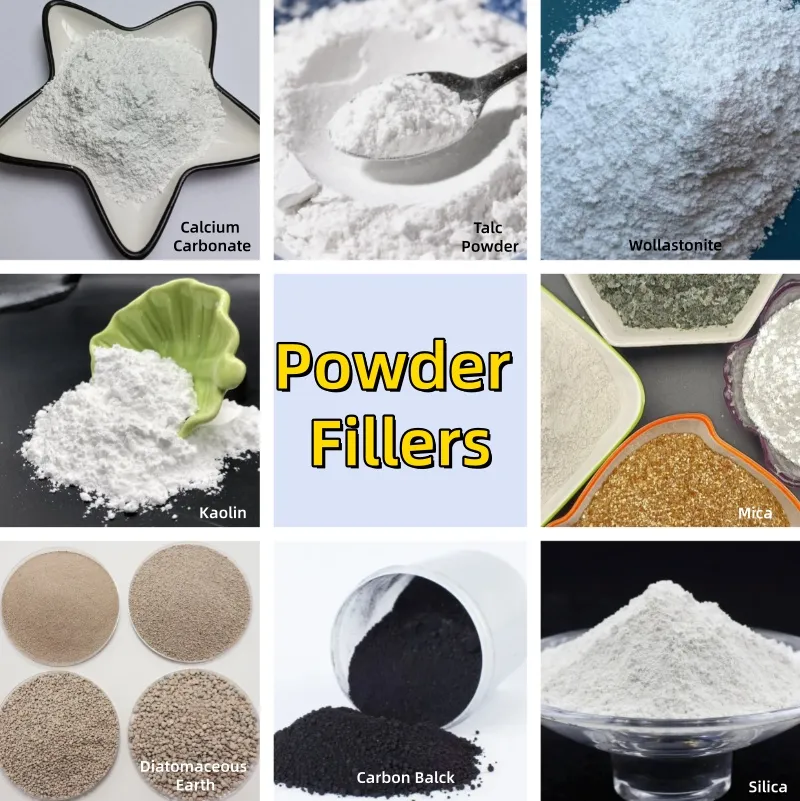
The rapid development of powder coatings has driven the demand for powder fillers. With market drivers in place, research into the application of various powder materials in powder coatings has become increasingly important. The main non-metallic powders used in powder coatings are calcium carbonate, barium sulfate, talcum powder, mica powder, kaolin, silica, and wollastonite. Fillers […]
Production Process and Applications of Hollow Glass Microspheres
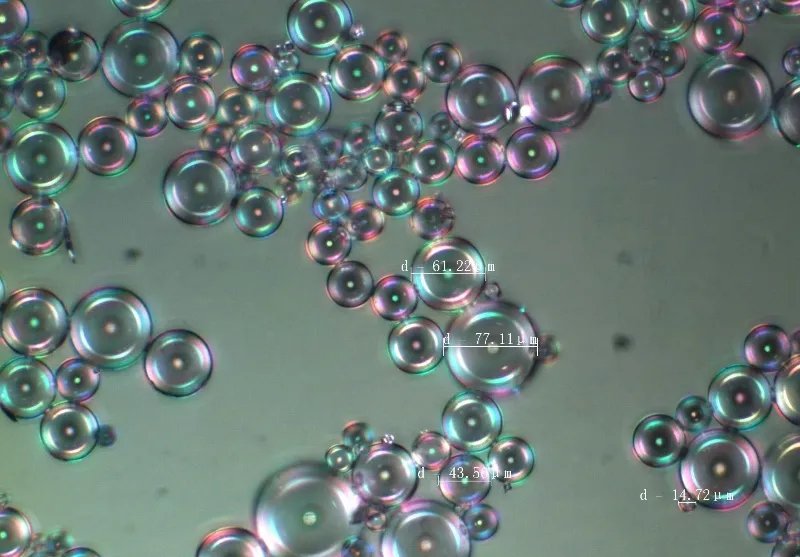
Hollow glass microspheres are micron-level hollow spherical powder materials. They are processed through special techniques. Glass raw materials are transformed into a white, flowable powder. Their particle size ranges from 10 to 250 microns. The wall thickness is 1-2 microns. The interior has a hollow structure. This gives them unique properties such as low density, […]
How to Enhance the Hydrophilicity of Carbon Black Powder Particles ?
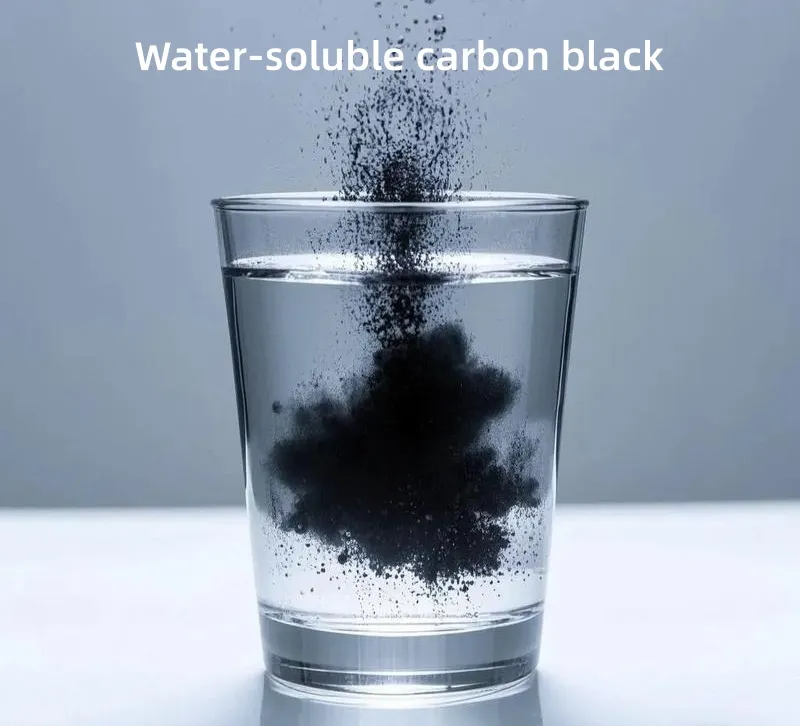
Enhancing the hydrophilicity of carbon black powder particles is key to improving their dispersion stability in water and increasing compatibility with polar media. This is crucial in fields such as coatings, inks, and rubber composites. Surface Chemical Modification Oxidation Modification Grafting Modification Physical Coating and Dispersant Modification Polymer Coating Dispersant Application Process Optimization and Auxiliary […]
Exploring 10 Minerals Grinding Technology for Enhanced Processing Efficiency”
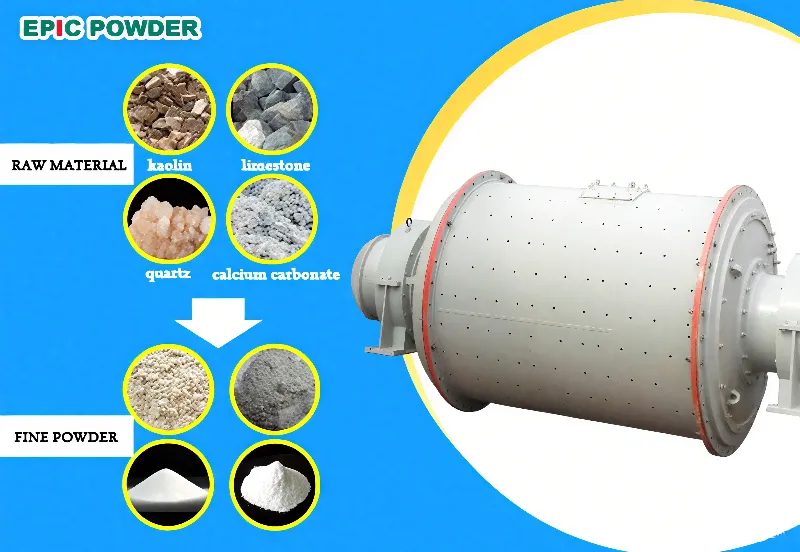
Mineral processing aims to remove impurities and improve product purity, while also reducing particle size to varying degrees. Currently, crushing, grinding, and classification technologies and equipment have reached a new level, meeting the needs of most raw materials in various industries, including non-metallic minerals, cement, ceramics, chemicals, coal powder, metallic minerals, tailings, and waste solid […]
What is the Production Process for Artificial Graphite Anode Materials?
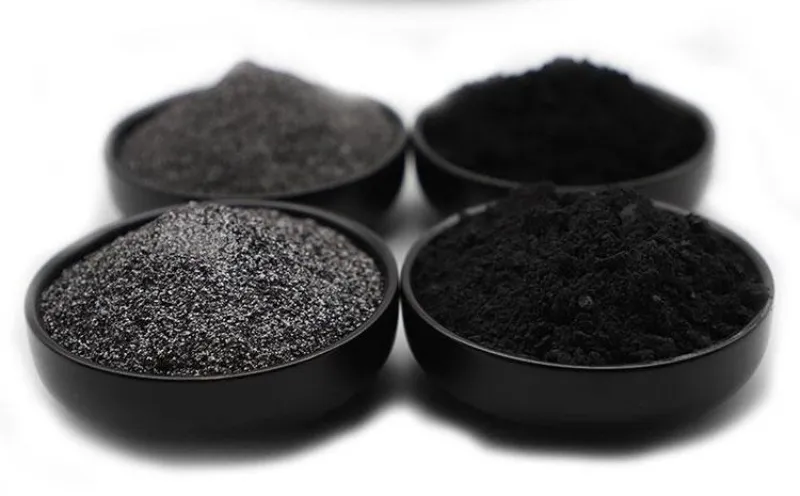
The production of artificial graphite anode materials involves multiple key processes. These processes are closely linked and mutually influential, collectively determining the performance and quality of the final product. The following is a brief overview of the main processes: Serial Number Process Name Main Function 1 Raw Material Inspection Ensure that incoming materials meet quality […]
Why Is Aluminum Powder Used in the Production of Aerated Concrete Blocks?

Aerated concrete blocks, also known as Autoclaved Aerated Concrete (AAC), are lightweight building materials. They are made from siliceous materials such as fly ash or quartz sand, and calcareous materials like lime or cement. Aluminum powder serves as the foaming agent. The blocks are produced through batching, mixing, casting, pre-curing, cutting, and autoclaving. Their main […]
What Makes Spherical Powder Unique and How Are They Produced?
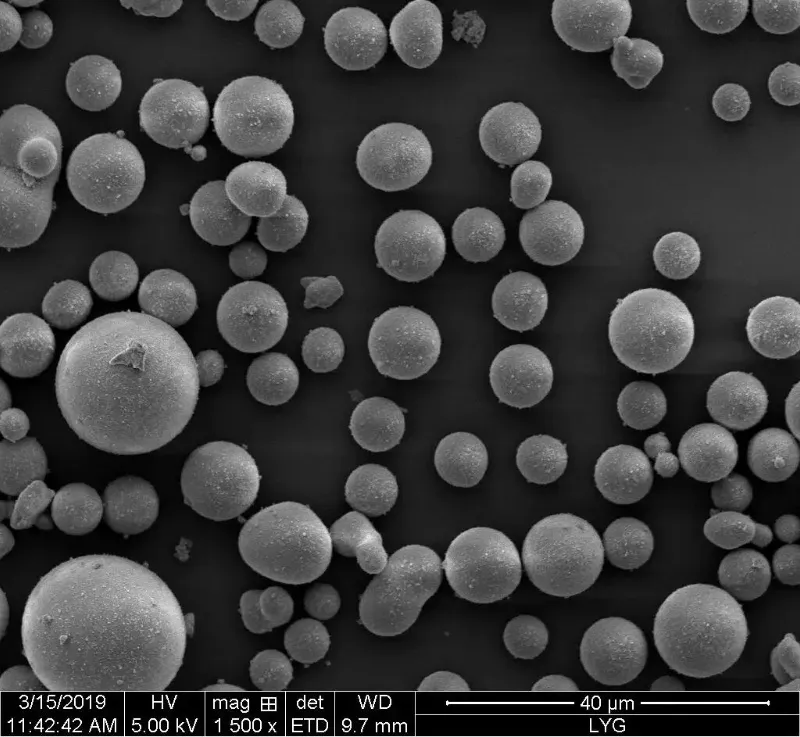
With the rapid development of modern industry and technology, the performance requirements for powder materials in different sectors have become increasingly stringent. In addition to low impurity content, fine particle size, and narrow particle size distribution, powders are also required to have specific particle morphologies. Spherical powder, due to their superior flowability and uniformity, are […]
Comparison of White Carbon Black and Carbon Black
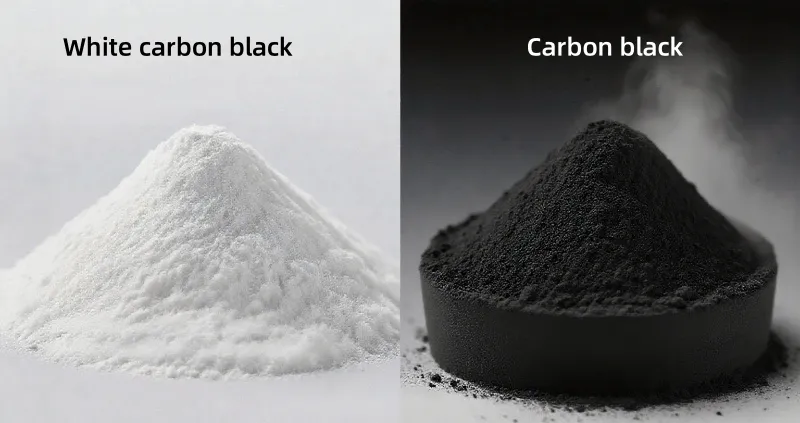
In the field of powder materials, white carbon black (precipitated silica) and carbon black are two important inorganic functional fillers. Although their names are similar, they differ significantly in structure, properties, preparation methods, and applications. In many industries, they not only demonstrate unique advantages but also complement each other. Basic Concepts and Properties White Carbon […]
